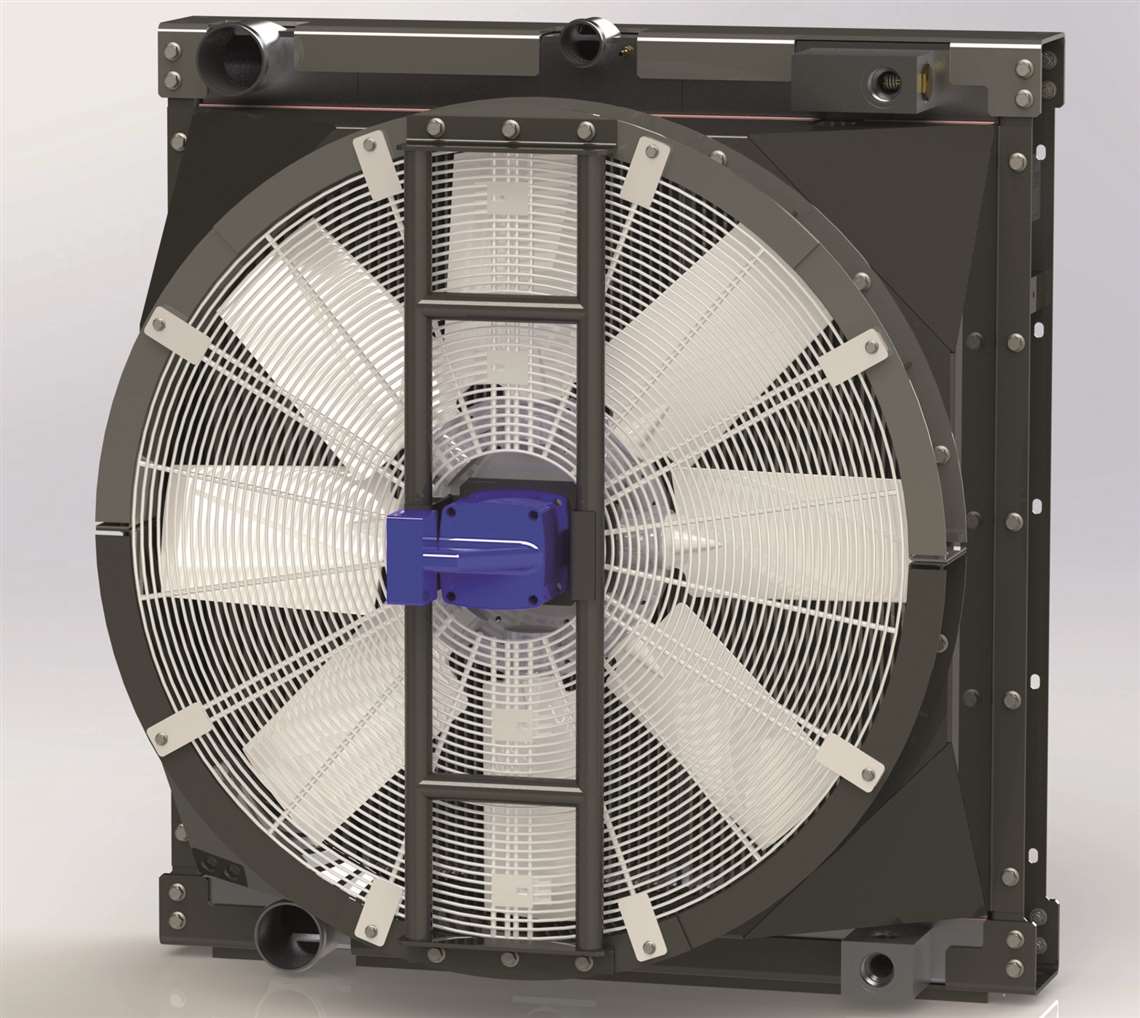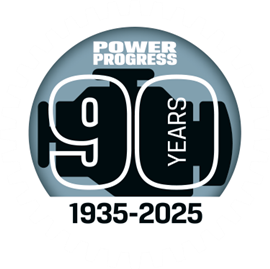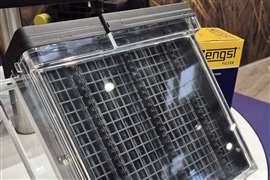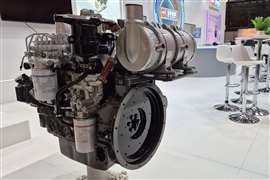Spectra Premium offers industrial cooling, tank systems
20 February 2020

Last year, Spectra Premium Industries started a new division to supply its custom-designed cooling system solutions and tank products to industrial applications, including mobile off-highway and power generation equipment. The 30-year-old company had previously focused on the automobile and truck aftermarket, businesses in which it will stay active.
The company is no stranger to off-highway and its demands, however, as it has worked with original equipment manufacturers (OEMs) of heavy-duty diesel equipment for some time before starting new division. A first-time exhibitor at ConExpo-Con/Agg, the trade show at the Las Vegas Convention Center will be the company’s official debut in the mobile off-highway equipment industry.
Based in Boucherville, Quebec, Canada, Spectra Premium has more than 1300 employees in five manufacturing plants and 16 warehouses. Its sales network in the United States, Canada and Mexico offers a wide range of custom-engineered cooling module solutions for industrial applications. The company said its diverse product portfolio allows the application to dictate the type of cooling system that gets used. The list includes aluminum bar and plate or aluminum tube and fin heat exchangers, copper/brass tube and fin radiators and aluminum grommet style tube and fin charge air coolers.
The company can also provide all types of reservoirs for fuel, oil, water and diesel exhaust fluid (DEF) as formed tanks or fabricated tank assemblies designed using computer aided engineering (CAE) methods that enable mass, volume and performance optimization.
Through a joint venture signed last year with ACGB, a French tank specialist with experience in trucking and specialty equipment applications, Spectra Premium has expanded its tank offering, especially in fabricated stainless and aluminum reservoirs. It will also give ACGB a manufacturing footprint in North America, helping both firms expand into new markets.
“Everything that Spectra Premium is focusing on at this point is engineered products,” said Jeremy Shiflett, Industrial Business development director, Spectra Premium. “We want to work with those industrial customers to develop products unique to their application, whether it’s a radiator, charge air cooler, oil cooler or other system. We will design a product to meet the needs of that equipment, give the best performance and reliability out there. And that goes along with the tanks, as well.
“Something that sets us apart is our flexibility in manufacturing. If a tube and fin design fits because the environment is not as rough, we can offer that solution as opposed to bar and plate. We can build that, too, if it’s needed. We’ve already got the capabilities to be able to support those products. And we’re continuing to invest in the company to expand our capabilities.”
To that end, the it offers in-house design and computer-aided engineering services, including the use of finite element analysis (FEA) for stress simulation and rigorous design and process validation testing done in-house and third-party labs. When it comes to product validation audits with OEMs and engine suppliers, the company’s engineers are also equipped to lend a hand, offering support to ensure each product exceeds the expectations of the application.
Ready for off-highway
Shiflett said Spectra Premium’s experience developing systems for the aftermarket help makes it an ideal supplier to OEMs in the industrial market.
“Over the years, we looked at what was currently available, and the problems were so we could improve on it,” he said. “Our engineers analyzed radiators from different applications so we could improve our offering in the aftermarket. We continue to listen to the market and analyze the failures and the problems, and there’s a lot of data we can gather from that. We have had a lot of experience in engineering those products to address those types of issues, and we have a lot of experience understanding where potential problems may show up, how to address them and give customers a good, robust system that’s going to last.”
As far as product lines go, Spectra Premium has built its company by focusing on components that are required to fit into ever-tightening spaces on mobile equipment.
“The environment is very tight and there are some constraint for the machinery to keep the same size as how it was before,” said Simon Dumas, vice president of the industrial unit. “Every component in the design has to be placed tighter together nowadays.”
“With the new engines, because of the emissions systems, we’re seeing cooling requirements change significantly,” said Shiflett. “From how these things are packaged, to how the airflow moves across them to fan types is a much more important aspect to the whole design cycle. Then factor in that on a lot of these machines, engineers don’t want to change the envelope space to make more room. Spetra Premium’s engineers work through all of that and design and develop products that fit the application.”
During the design stage, for example, heat exchangers can be mounted virtually in a range of configurations, such as side by side or stacked, and then the company’s engineers can apply software and lab equipment to ensure it will all work as intended, including flow analysis using computational fluid dynamics to calculate how much air will pass through the core in a particular environment.
In the past, cooling systems have been considered almost as an afterthought, but Pierre Dandurand industrial director of engineering, suggested that’s no longer feasible. “Ideally, we’re part of the project from the early stages of the design so we can really design the heat exchanger in relation to its environment and the place. And you can do many things. You can fit a heat exchanger in a very tight area or put a fan very close to the core, but it will have some impact on the performance. And if done early enough in the design cycle, the customer will often choose to modify the environment to improve the efficiency of their cooler.”
Today’s emission regulations call for a maximum as well as a minimum temperature, too, further complicating the design.
“Companies are also squeezing out the space for the fuel tank,” said Shiflett. “Where do you put it after everything else is wired and plumbed? I was with a customer a couple of weeks ago and we were talking about tanks and that was his exact problem. They build fire equipment and said he can’t go buy anybody’s off-the-shelf expansion tank for the radiator. He had a tiny space to work with, and that had a 90 degree bend to work around. To us, that’s an opportunity.”
See Spectra Premium at IFPE booth S-83147
This article originally ran in the January 2020 issue of Diesel Progress.
POWER SOURCING GUIDE
The trusted reference and buyer’s guide for 83 years
The original “desktop search engine,” guiding nearly 10,000 users in more than 90 countries it is the primary reference for specifications and details on all the components that go into engine systems.
Visit Now
STAY CONNECTED




Receive the information you need when you need it through our world-leading magazines, newsletters and daily briefings.
CONNECT WITH THE TEAM












